Causes of menstrual cramps
According to Dr. Nguyen Phoi Hien, University of Medicine and Pharmacy Hospital, Ho Chi Minh City - Branch 3, dysmenorrhea is a condition of abdominal pain that appears during menstruation, which can spread from the lower abdomen to the sternum, down the thighs or throughout the abdomen.
The pain is often intermittent, sometimes just a feeling of heaviness in the lower abdomen. Some women may have other symptoms such as headaches, breast tenderness or fatigue.
According to modern medicine, it was previously thought that dysmenorrhea appeared due to an underdeveloped uterus, or the opening in the cervix contracted, making it difficult for menstrual blood to escape, increasing uterine contractions causing pain.
Today, studies show that during menstruation, necrotic endothelial cells produce menotoxins that cause uterine contractions and vasoconstriction, leading to tissue hypoxia and pain. In addition, high levels of prostaglandins in the endometrium and menstrual blood of people with dysmenorrhea also contribute to stimulating strong uterine contractions, increasing the feeling of pain.
Menstrual cramps are divided into two types. Primary dysmenorrhea usually occurs in the first cycles, mainly related to mental stress when seeing menstrual blood appear. Secondary dysmenorrhea usually starts later, due to pathological causes such as inflammation, uterine fibroids or endometriosis.
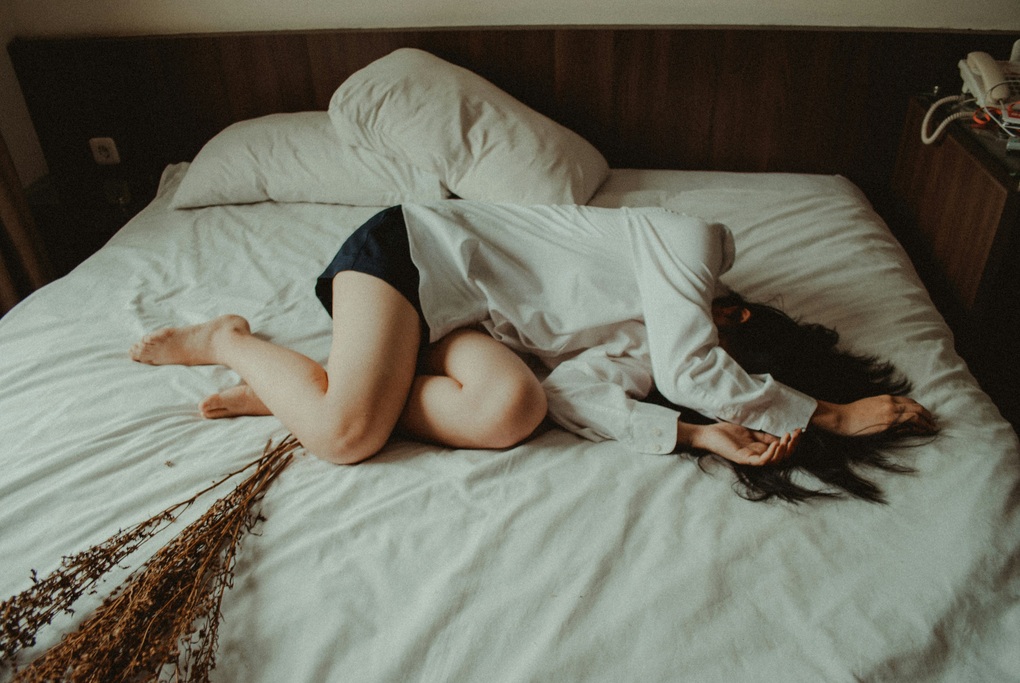
For many women, menstrual cramps become a monthly nightmare (Photo: Unsplash).
Meanwhile, according to traditional medicine, dysmenorrhea arises due to poor circulation of blood and qi, causing stagnation in the uterus. The cause may be due to cold and dampness invading when living in a cold and humid environment, eating a lot of cold foods, due to mental stress or due to weak blood and qi.
Besides using drugs to relieve menstrual cramps, traditional medicine also applies many non-drug methods such as electroacupuncture, acupuncture, thread implantation, massage and moxibustion.
A healthy lifestyle helps reduce menstrual cramps
According to Dr. Hien, lifestyle adjustments play an important role in reducing pain and regulating menstruation. Patients should do light exercise such as walking, swimming or yoga exercises to help improve blood circulation and reduce uterine contractions. Relaxing with meditation, deep breathing, and getting enough sleep on time also helps to effectively reduce pain.
In addition, applying heat to the lower abdomen with a hot water bottle, hot water bottle or heating pad is a simple way to help the uterine muscles relax and reduce contractions. Drinking warm ginger tea, cinnamon tea, chamomile tea or peppermint tea helps relax, reduce contractions and warm the body.
Gently massaging the lower abdomen in a clockwise direction with warm oils such as ginger oil, cinnamon oil or lavender essential oil also helps improve blood circulation. Massaging the lumbar region also helps relieve pain because this is the area related to the uterus.
A proper diet helps improve health during menstruation. People should limit spicy, cold, greasy foods, sweets, energy drinks, coffee, strong tea and processed meats.
Instead, you should add more green vegetables such as spinach, kale; fruits such as bananas, avocados; foods containing omega-3 such as salmon, chia seeds, walnuts; and nuts rich in calcium, magnesium and vitamin B6 to help reduce spasms and improve mood.
In addition, you should increase your intake of iron-rich foods such as beef, chicken, seafood, egg yolks, red beans, black sesame and raisins to compensate for the amount of blood lost during menstruation. Drinking warm water instead of cold water helps the body maintain stable circulation.
Taking a warm bath or soaking your feet in salt and ginger also helps the body relax and relieve menstrual cramps. Women can soak their feet every night for 15-20 minutes 3-5 days before their period, during their period if their health allows, and after their period, they should maintain this 2-3 times a week. The water temperature should be kept at 38 to 42 degrees Celsius. You can add crushed fresh ginger, salt, and a few drops of lavender or peppermint essential oil to increase the relaxation effect.
When bathing the whole body, women should keep the water at about 37-40 degrees Celsius and not bathe for too long to avoid dehydration or low blood pressure.
Dr. Hien also emphasized the importance of tracking menstrual cycles. This helps women proactively take care of their bodies, adjusting rest and exercise appropriately before and during menstruation.
Women should also avoid overwork, staying up late, taking cold baths, swimming in cold water or doing high-intensity exercise during these days.
Source: https://dantri.com.vn/suc-khoe/vi-sao-nhieu-phu-nu-dau-bung-du-doi-khi-den-ky-kinh-nguyet-20251014104730516.htm



![[Photo] Chairman of the Hungarian Parliament visits President Ho Chi Minh's Mausoleum](https://vphoto.vietnam.vn/thumb/1200x675/vietnam/resource/IMAGE/2025/10/20/1760941009023_ndo_br_hungary-jpg.webp)
![[Photo] Solemn opening of the 10th Session, 15th National Assembly](https://vphoto.vietnam.vn/thumb/1200x675/vietnam/resource/IMAGE/2025/10/20/1760937111622_ndo_br_1-202-jpg.webp)
![[Photo] National Assembly Chairman Tran Thanh Man holds talks with Hungarian National Assembly Chairman Kover Laszlo](https://vphoto.vietnam.vn/thumb/1200x675/vietnam/resource/IMAGE/2025/10/20/1760952711347_ndo_br_bnd-1603-jpg.webp)
![[Photo] Prime Minister Pham Minh Chinh meets with Speaker of the Hungarian National Assembly Kover Laszlo](https://vphoto.vietnam.vn/thumb/1200x675/vietnam/resource/IMAGE/2025/10/20/1760970413415_dsc-8111-jpg.webp)






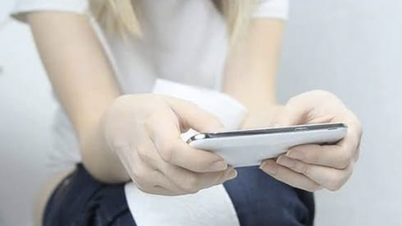

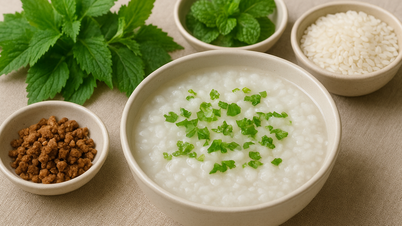



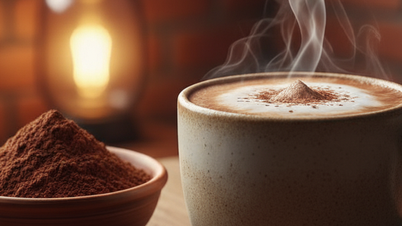
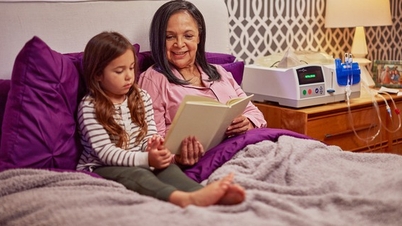



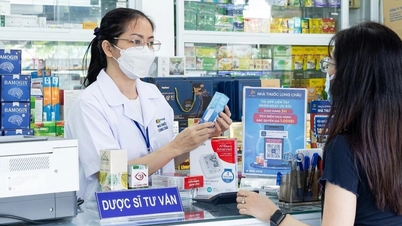
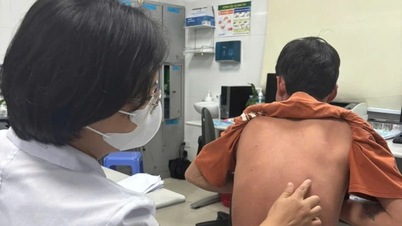











![[Photo] The Steering Committee of the 2025 Fall Fair checks the progress of the organization](https://vphoto.vietnam.vn/thumb/1200x675/vietnam/resource/IMAGE/2025/10/20/1760918203241_nam-5371-jpg.webp)


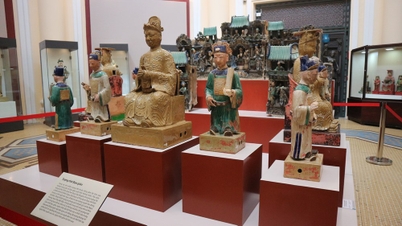


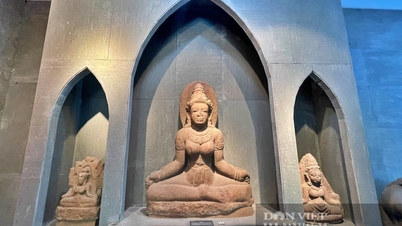









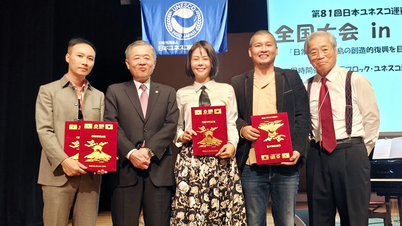







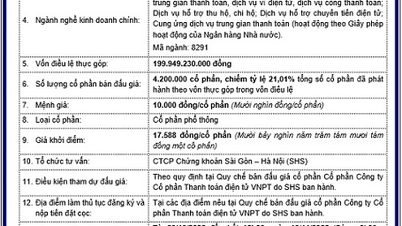











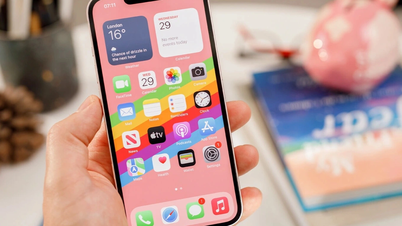
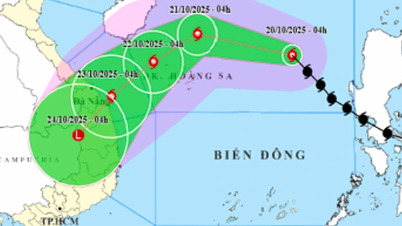



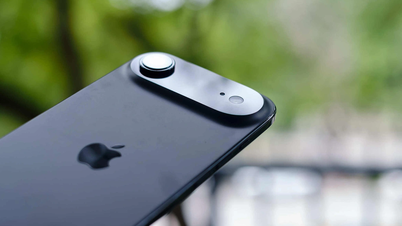
































Comment (0)